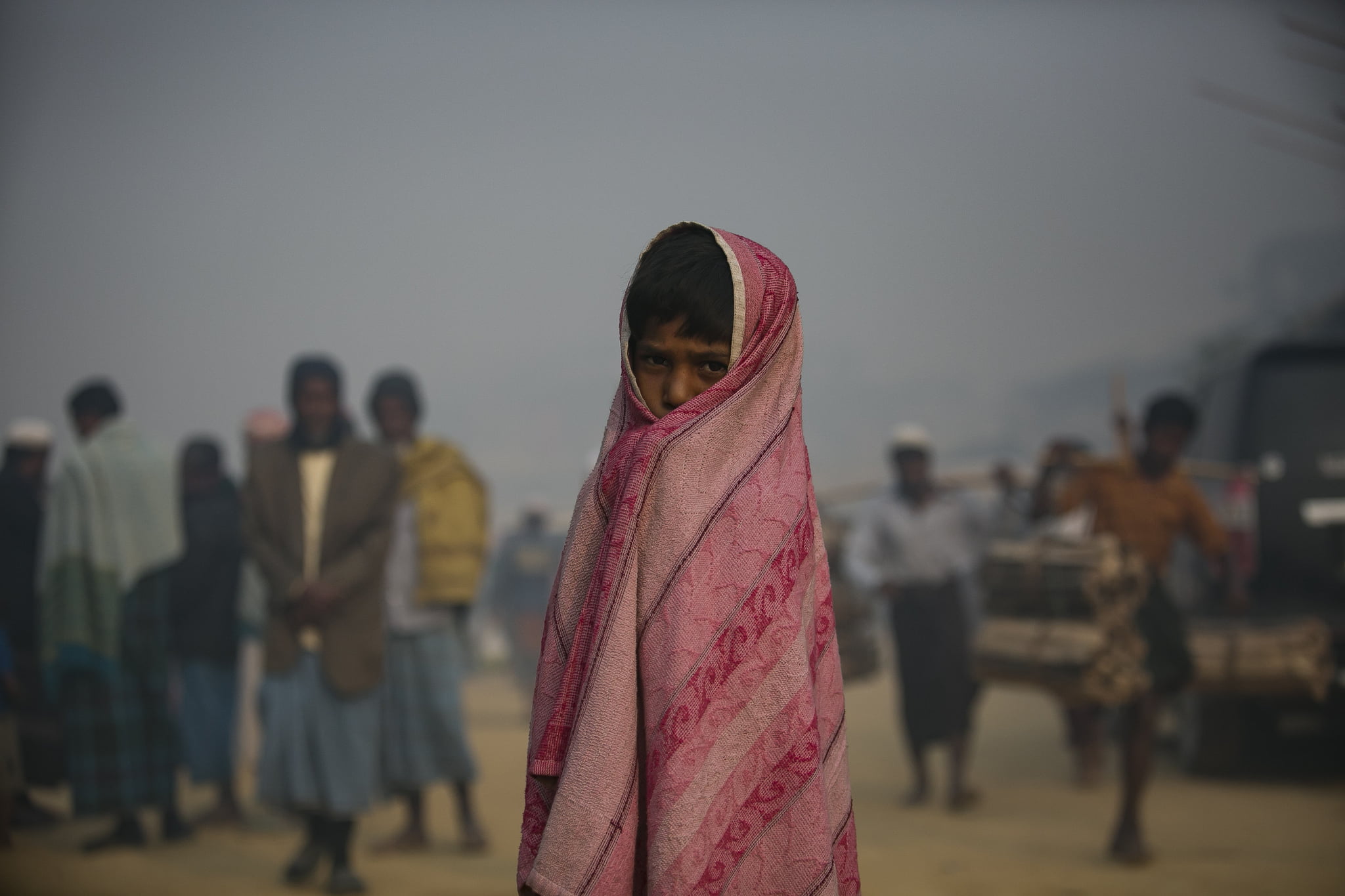It’s World Humanitarian Day, and this year, the UN is highlighting the hard work and sacrifice of tens of thousands of women humanitarian aid workers in crises around the world.
According to the UN, there are about 250,000 women aid workers globally, who make up more than 40 percent of all humanitarian workers. Their efforts are particularly valuable as reports have found that women and children bear the brunt of the consequences of disasters, conflicts and displacement.
“Their presence makes aid operations more effective by increasing their reach,” said UN Secretary-General António Guterres said in a video message.
But being a humanitarian has become increasingly dangerous, despite international laws prohibiting attacks on aid workers. According to a recent report by Humanitarian Outcomes, 2018 was second worst year on record for aid worker security: 405 aid workers – most of whom were nationals of the countries where they work – were killed, wounded or kidnapped in 226 separate attacks that year.
Those risks are exactly why the UN commemorates World Humanitarian Day every year on August 19. On this day in 2003, terrorists attacked the UN headquarters in Baghdad, killing 22 aid workers. Among them were nine Iraqi citizens as well as the UN’s top representative in Iraq, Brazilian Sergio Vieira de Mello, the who formerly served as UN High Commissioner for Human Rights.
Since the month of that attack, more than 4,500 aid workers have been killed, injured, detained, assaulted or kidnapped while on the job, the UN reports. In 2008, the UN officially named August 19 as World Humanitarian Day. Every year, the UN uses the occasion to advocate for the safety and security of humanitarian aid workers, as well as for the people humanitarians are helping in crises.
With this year’s focus on women, the UN will be telling the stories of 24 women humanitarians over the course of 24 hours. Most of these women are from the countries in which they work, making them among the humanitarians who face the highest risks.
The Humanitarian Outcomes report found that while national staff have always outnumbered international staff as victims of violence, they are now also experiencing higher fatality rates. This reflects how aid in high-risk areas is increasingly carried out by locals. When violent incidents occur, international staff are usually sent home. Meanwhile, local staff often stay to continue delivering aid in the world’s most dangerous places.
Women also face a higher risk of sexual assualt, robbery and other forms of violence, according to the UN. Sexual violence, in particular, is challenging – and critical – to tackle because it is “virtually the only type of violent threat to aid workers where perpetrators may be inside as well as outside the organization,” Humanitarian Outcomes reports.
Last year, revelations that Oxfam staff paid prostitutes for sex in 2011 set off an avalanche of stories about sexual harassment and abuse by aid workers in various organizations against both the people they were supposed to help as well as their colleagues. The movement has been dubbed #AidToo.
According to the Humanitarian Outcomes report, open and explicit conversations about consent, sexual misconduct and abuse don’t occur enough in aid orgnaizations because of “discomfort with the subject and gender dynamics within field teams.” This has also contributed to organizational cultures that are permissive of sexual harassment and misconduct, which discourage survivors from reporting incidents and increase the risk of even worse sexual violence.
That’s why the report calls on organizations to improve and increase reporting to better understand and address the problem. UK lawmakers in another report recently also called on governments to increase pressure on each other to end violence against humanitarian workers. Regardless of whether the threat is from perpetrators inside an aid organization or outside, aid workers, like the civilians they serve, have a right to safety and security under international law.
